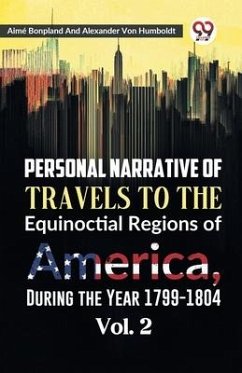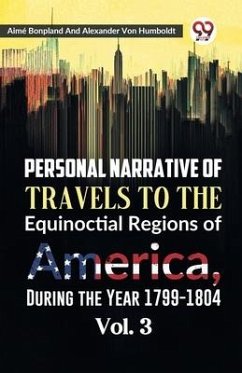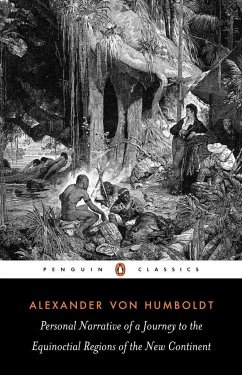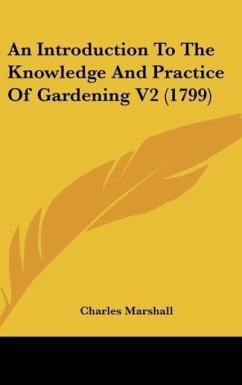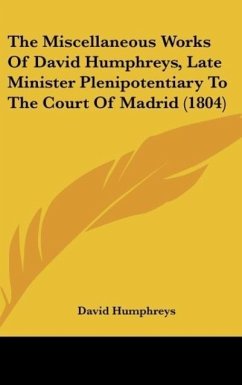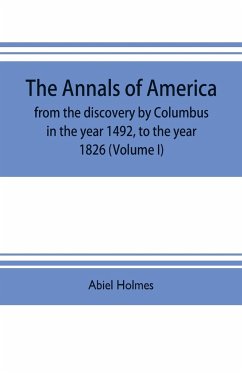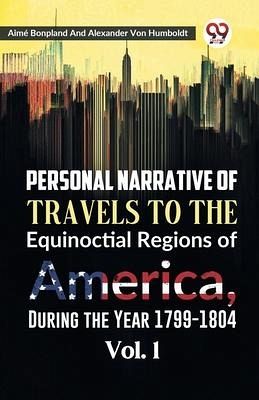
Personal Narrative of Travels to the Equinoctial Regions of America, During the Year 1799-1804 Vol. 1
Versandkostenfrei!
Versandfertig in über 4 Wochen
20,99 €
inkl. MwSt.

PAYBACK Punkte
10 °P sammeln!
"Personal Narrative of Travels to the Equinoctial Regions of America, During the Year 1799-1804 - Vol. 1," authored by Aimé Bonpland and Alexander von Humboldt, is a monumental work that chronicles their scientific expedition across the diverse landscapes of South America. Readers are compelled to continue reading to find out what happens next since the title character is so indulgent. Some stories are gruesome and bizarre, while others softly creep up on you and pull you in. The narrative is a captivating account of exploration, scientific inquiry, and cultural documentation. The book encomp...
"Personal Narrative of Travels to the Equinoctial Regions of America, During the Year 1799-1804 - Vol. 1," authored by Aimé Bonpland and Alexander von Humboldt, is a monumental work that chronicles their scientific expedition across the diverse landscapes of South America. Readers are compelled to continue reading to find out what happens next since the title character is so indulgent. Some stories are gruesome and bizarre, while others softly creep up on you and pull you in. The narrative is a captivating account of exploration, scientific inquiry, and cultural documentation. The book encompasses Volume 1 of their journey, detailing their travels from Spain to the northern parts of South America, particularly Venezuela and Colombia. Humboldt and Bonpland, both distinguished naturalists and explorers, embarked on a five-year expedition to study the region's geography, geology, flora, fauna, and indigenous cultures. Their goal was to comprehensively document and analyze the equatorial regions, shedding light on previously unknown aspects of the natural world. Throughout the narrative, the authors vividly describe their experiences, ranging from navigating treacherous terrains to conducting meticulous scientific experiments. They meticulously document the geological features, including the majestic Andes Mountains, and provide insights into the local flora and fauna.





